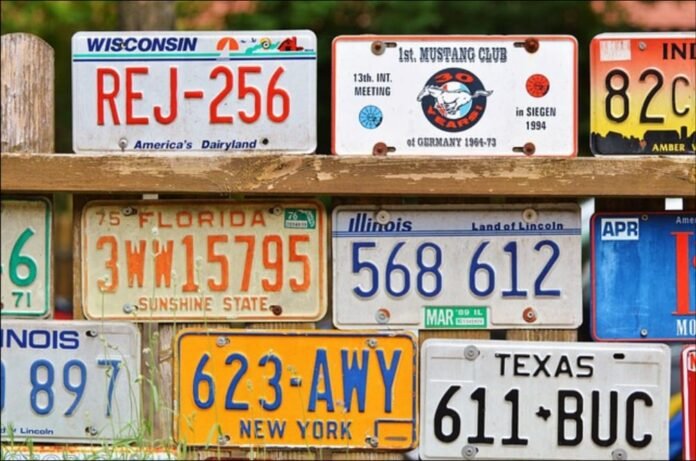Texas, the second-largest state in the U.S., is known for its expansive roadways and high volume of daily traffic. With so many vehicles on the road, having clear and consistent vehicle identification is essential. That’s where front and back license plates come into play; they do more than display registration; they help enhance road safety, support law enforcement, and improve vehicle accountability.
Displaying plates on both ends increases visibility, which is crucial in situations like accidents, toll crossings, and security checks. Given these safety and identification benefits, it’s no surprise that many states require vehicles to display both plates. So, “Do you have to have a front license plate in Texas?” The answer is yes; Texas law generally requires most vehicles to have both front and rear plates.
This rule makes it easier to identify vehicles involved in traffic offenses, toll violations, or hit-and-run accidents. Ultimately, it’s a simple measure that contributes to safer, more accountable driving across the state.
Legal Requirements for License Plates in Texas
Texas law requires most vehicles to have both a front and a back license plate. To get these plates, you must register your vehicle with the county tax office and provide proof of insurance, proof of ownership, and a passed vehicle inspection. Please note that both plates must be securely fastened to the outside of your car, one on the front and one on the back.
Also, remember that they must be upright, at least 12 inches from the ground, and clearly visible at all times. You cannot cover or block the plates with any frame or object. Not following these rules can lead to fines or tickets, and some vehicles, like motorcycles and trailers, are only required to have a rear plate.
Why States Require Front and Back License Plates
The requirement for front and back license plates began in the early 1900s, primarily for easier identification and public safety as automobiles became more prevalent. This was necessary for states to track vehicles and their owners.
Here, having two plates helps law enforcement identify vehicles from both directions, which is useful for traffic stops and crime investigations, and today, about 31 states require both front and back plates, while others only require a rear plate. States set their own rules, so requirements can differ, and the main reasons are better identification, improved safety, and easier enforcement of traffic laws.
Enhanced Vehicle Identification and Law Enforcement
Having front and back license plates helps law enforcement identify vehicles from both directions, making it easier to spot cars involved in crimes or traffic violations. Also, the officers can read plates whether a vehicle is approaching or moving away, which is important during traffic stops and investigations.
Safety and Accident Response
Under any conditions, having front and back license plates improves vehicle visibility in all conditions, including day, night, tunnels, and glare. The front plate often uses reflective materials, making it easier for other drivers to see your car, especially in low light or bad weather.
This added visibility helps prevent accidents, as drivers can react more quickly to stopped or parked vehicles. In the event of an accident, especially hit-and-run cases, having two plates makes it easier for witnesses and cameras to identify the vehicle from either direction, where reflective front plates also help law enforcement read plate numbers more easily at night.
Conclusion
Having both front and back license plates has several advantages. In Texas, most vehicles are required to adhere to this regulation, although there are some exceptions. Failing to display the required plates can result in fines; however, addressing the issue promptly can help you avoid penalties. Always ensure that your vehicle displays the correct plates properly.
